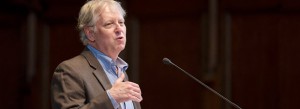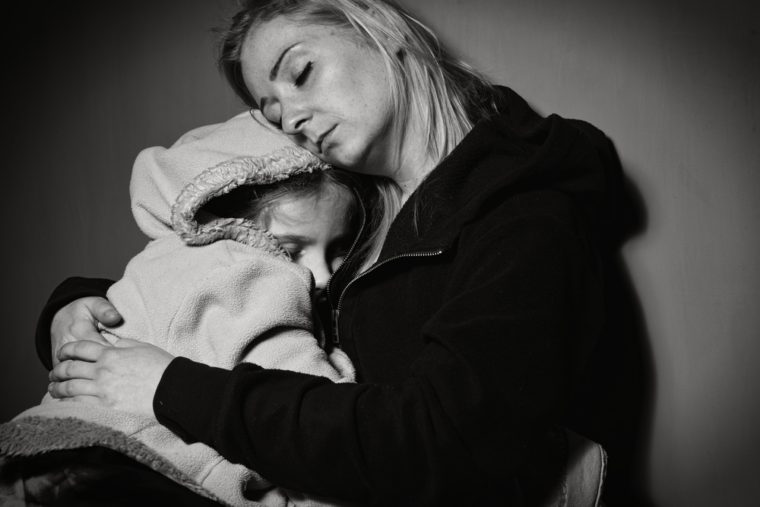On Sept. 13, the U.S. Census Bureau released its new poverty numbers for 2015. That rate fell to 13.5 percent from 14.8 percent the year before.
The problem with these estimates is that they only provide a snapshot of who is poor in any single year, says an expert on poverty and inequality at Washington University in St. Louis.

“They fail to tell us the probabilities of Americans experiencing poverty at some point in the future,” said Mark Rank, the Herbert S. Hadley Professor of Social Welfare at the Brown School.
In order to rectify this, a new version of a poverty risk calculator is being released today that allows Americans for the first time to estimate what their personal risk of poverty will be in the years ahead.
Based upon data from several hundred thousand households taken from a national longitudinal study that has been ongoing for the past five decades, Rank, along with Thomas A. Hirschl of Cornell University, has put together a poverty risk calculator that estimates an individual’s chances of experiencing poverty in the future.
The calculator allows Americans to estimate their risk of poverty in the next five, 10 or 15 years. It also allows them to predict whether they will encounter near poverty (below 150 percent of the poverty line), poverty (below 100 percent of the poverty line), or extreme poverty (below 50 percent of the poverty line).
“The calculator predicts an individual’s risk of impoverishment based upon five background variables — race, education, gender, marital status and age,” said Rank, co-author of the influential 2014 book “Chasing the American Dream: Understanding What Shapes Our Fortunes.”
“Depending on how individuals respond to these factors, they receive an overall percentage regarding their chances of experiencing poverty in the future,” he said.
For many Americans, he adds, that risk is far from trivial.
“For example, the 10-year risk of encountering poverty for those who are white, possess a high school education or less, are female, not married and between the ages of 25 and 29, is 41.2 percent,” Rank said.
“What many Americans may not realize is that while their one-year risk of poverty is relatively small, their risk of poverty across an extended horizon is actually quite large,” he said.
Rank and Hirschl hope that the calculator will eventually become as commonplace as the heart disease risk calculators found on the internet.
“It brings home in a very personal way the prevalence of poverty in the United States, and the impact that a handful of factors can have in increasing or decreasing that risk,” Rank said.
The new poverty risk calculator can be found at riskcalculator.org.
